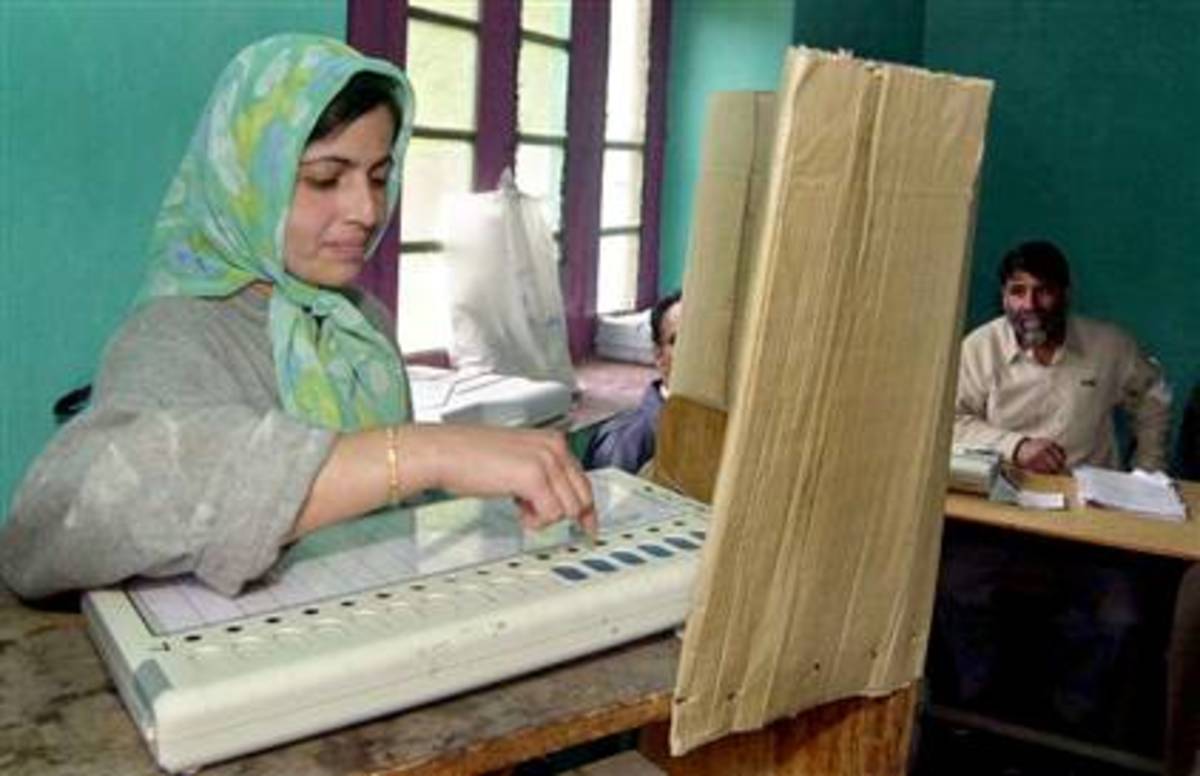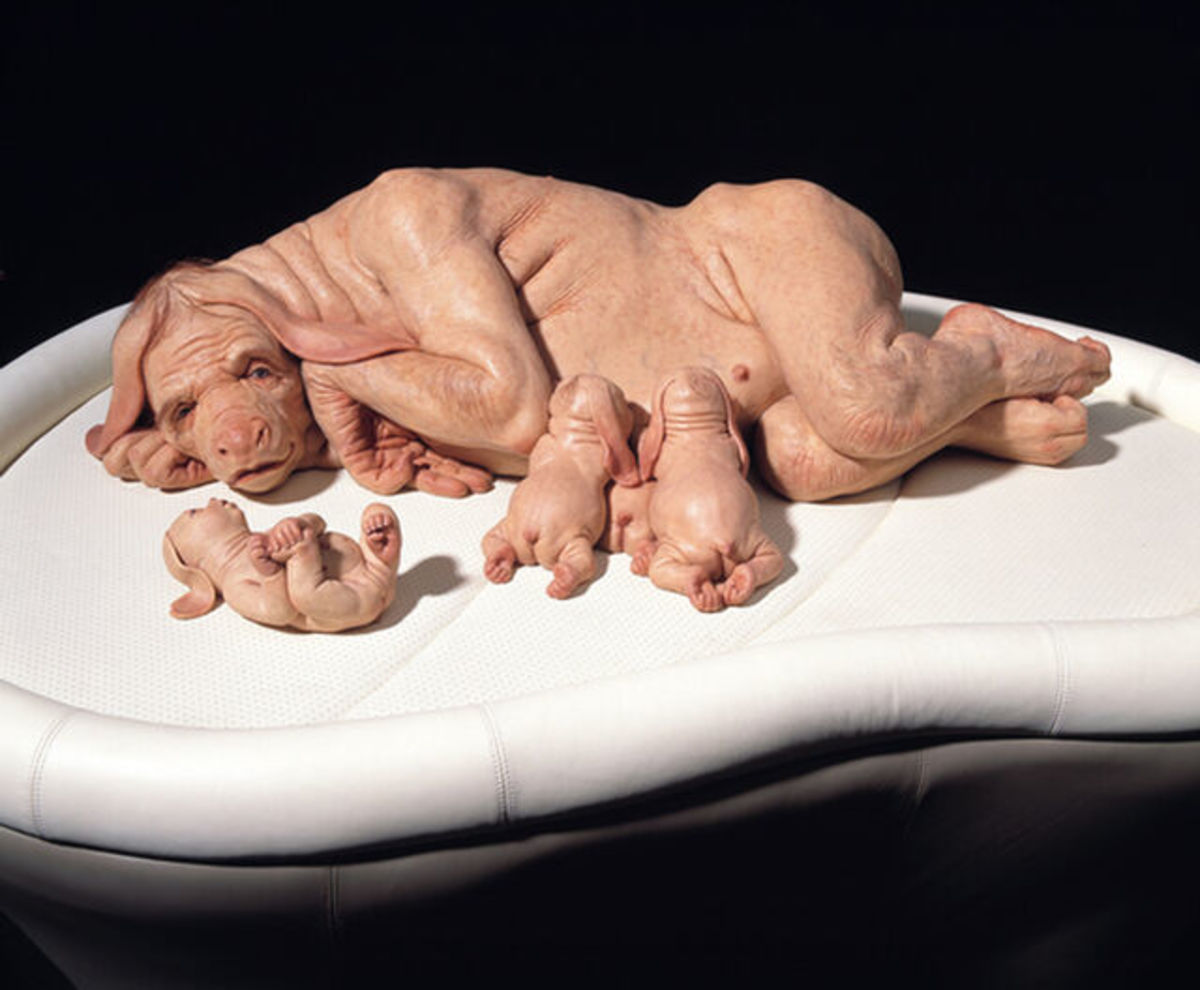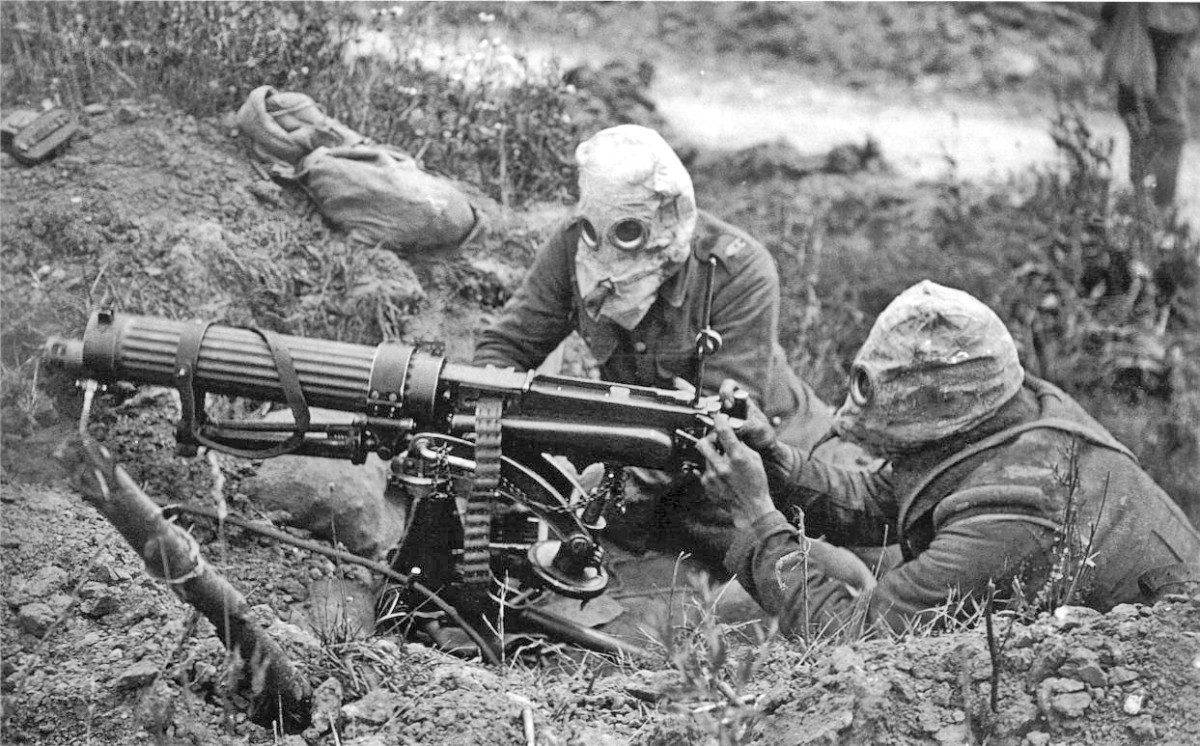- HubPages»
- Education and Science»
- Teaching»
- Lesson Plans
History of Technology and Science in India
History of Science and Technology in India
There has been a rich tradition in the field of science and technology in India since ancient times. Although today we are far behind in terms of scientific and technological development compared to developed countries like America, Britain, Russia, Germany, France etc.
According to the opinion of 'Science and Technology in India, 1967' by Bridet and Reymond Elichin, the technical or industrial revolution in India was born in India in 4000 BCE, the first phase of which can be considered complete in 3000 BCE. In this period there is evidence of developed civilization in 3000 BCE in Amri, Kotdiji, etc., whose construction was impossible without the knowledge of science and technology.
The evidence of the theoretical aspects of scientific and technological development in India and the evidence of their use are found in detail in the religious Vedic texts of Vedic period. From the Rigveda, the oldest model of Indo-European languages, we get important information about geometry as well as arithmetic field.
In the creation of “Shulva Sutras” during the BCE 5th century , geometric experiments have been mentioned for the construction of Yajnashalas and Yajnakundas.
The rule of finding the area of a triangle was triggered by Aryabhatta, then trigonometry was born. The most prominent composition of this period is the “Surya Sidhanta”.
In India Aryabhatta –I, Varahamihira, Mahavira, Brahmagupta, Bhaskaracharya, Aryabhatta-II, Srihari and Sripati are great mathematicians whose calculations and theories are considered to be completely meaningful even in today’s computer age.
Aryabhatta and Varahamihira have done remarkable work in Astronomy and Astrology. Aryabhatta calculated the planetary position by Babylonian method and found out the reason for lunar eclipse and solar eclipse. He told in his book Aryabhattiya that the sun is stationary and the Earth revolves around its axis and revolves around the sun.
In the medieval period King Sawai Jai Singh of Jaipur built five astronomical observatories in Jaipur, Varansi, Ujjain, Delhi and Mathura between 1718 AD and 1724 AD fir research work in the field of astronomy.
High level evidence of metal extraction and the art of making compound materials began to be found in India in sixth century. The best example of this is the Iron Pillor built during the fourth century under Chandragupta Vikramaditya, which is still present in Qutub Minar at place called Mehrauli, Delhi.








